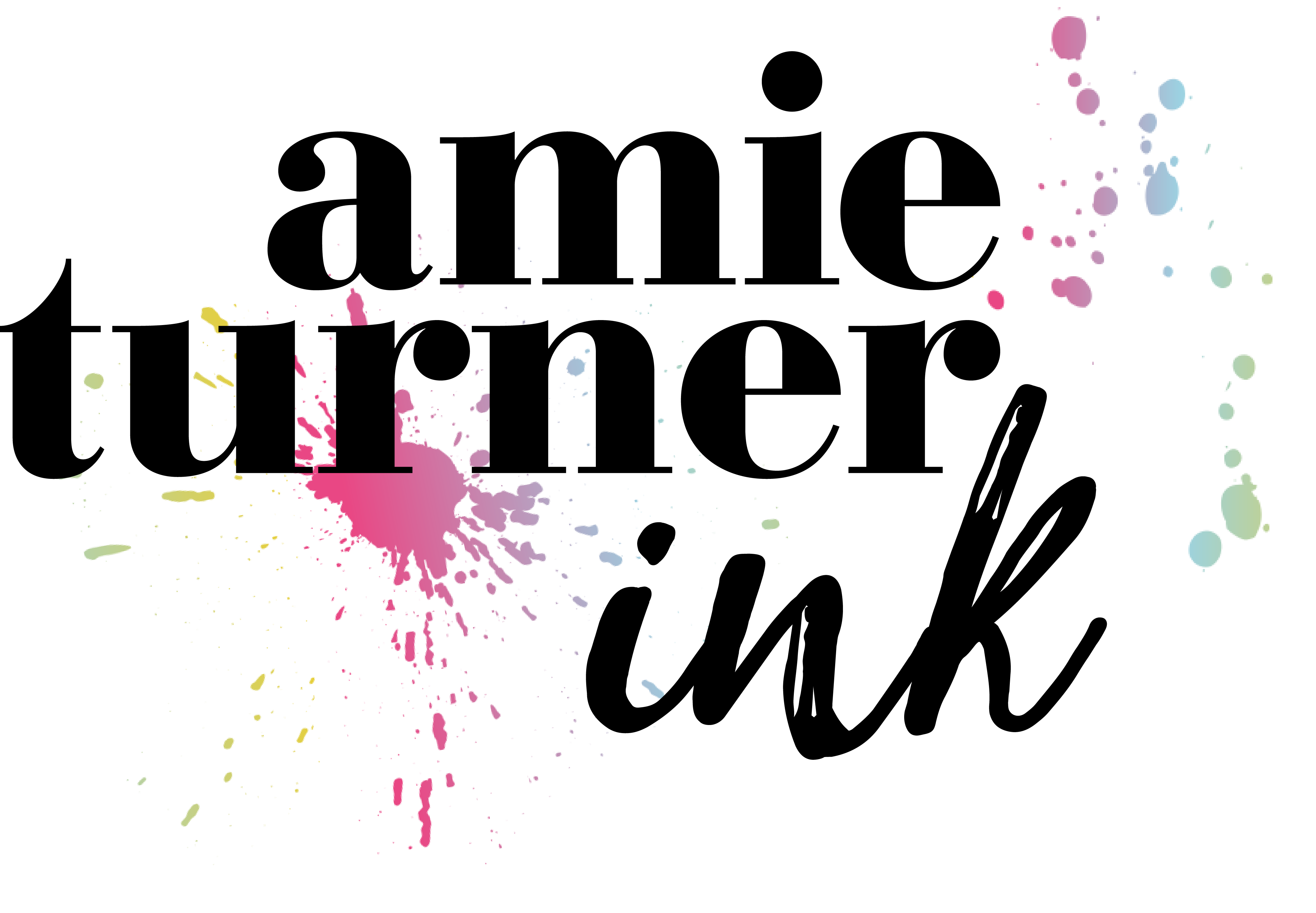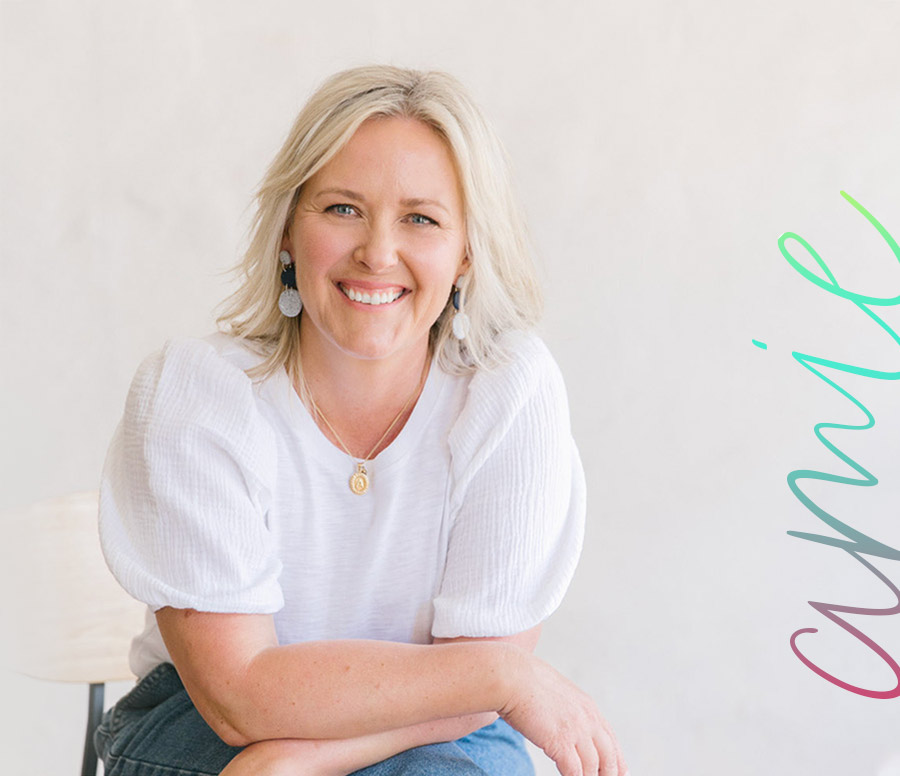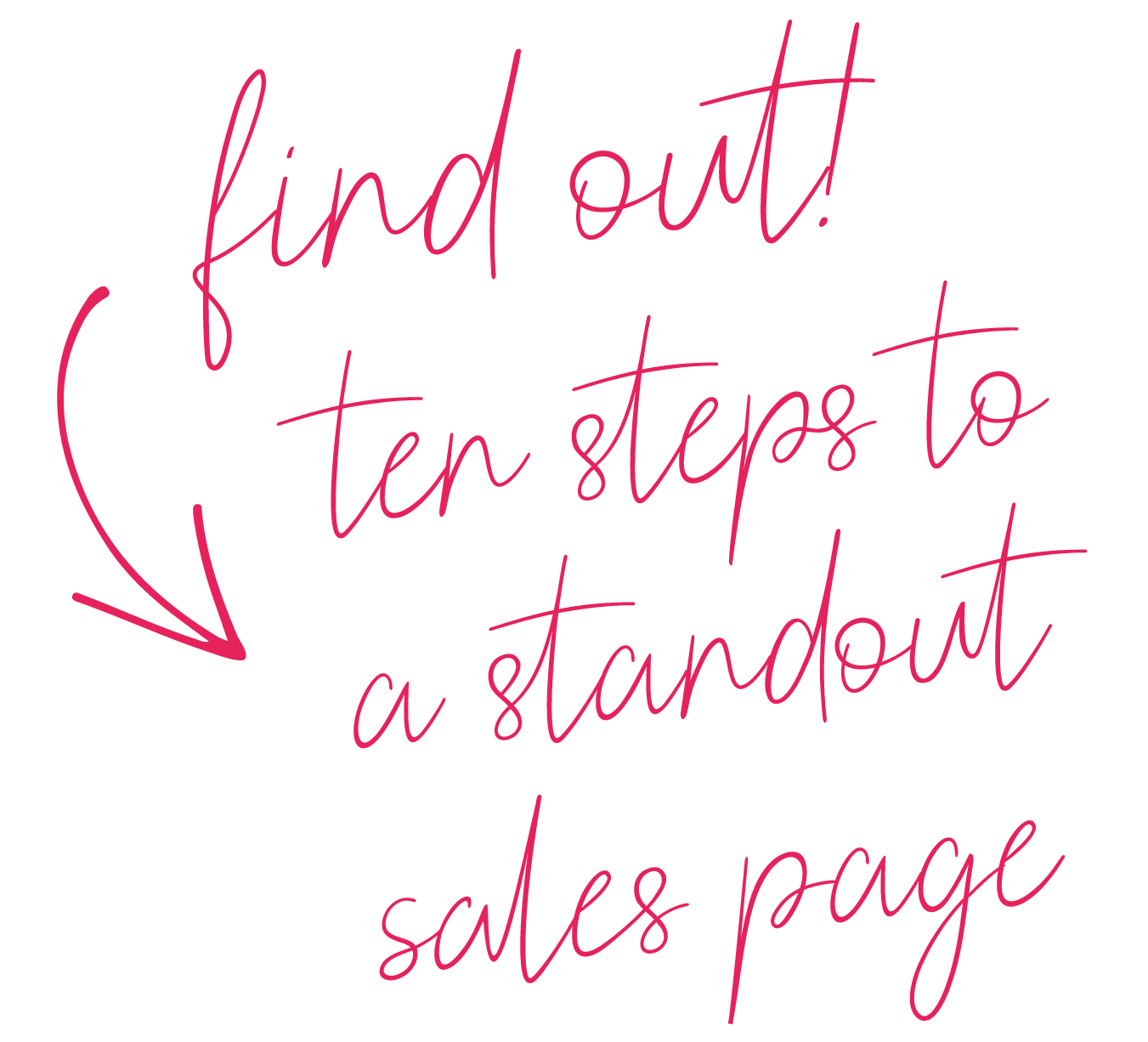12 Easy Steps To Writing Blog Posts (Your Readers Will Love)

Are you spending ages writing blog posts… that hardly get noticed?
Do you feel like it’s all been said before… only better?
Does the need to include #alltheinfo leave you waffling on and on… so you end up with the world’s longest (and most boring) blog posts?
Like it or not, writing blog posts comes with the territory for online entrepreneurs. It helps position you as the expert in your field, establishes credibility and builds trust. But if writing isn’t your thing, it can also feel overwhelming, frustrating and time-consuming.
Before you throw your hands in the air and vow never to blog again, I’ve compiled 12 simple steps to make writing your blog posts faster, easier and a whole lot more effective.
1. Blog in Stories
Can I let you in on a little secret? I hate blogging. It’s true. Despite being a professional copywriter who writes blog posts every day for a variety of different business owners on a plethora of different topics – I avoid writing them (like the plague) for my own business! I’m much happier using my time and creative resources helping other incredible women achieve their business goals. But, I know blogging is a vital part of the online mix, so I do it. And in fact, until quite recently, I had to force myself to do it. But then one of my mentors shared a few of her secrets with me… and this ONE super simple shortcut, that changed everything….
Ok, so that ‘one magical simple mystical shortcut’ doesn’t actually exist (I wish!), but it did help me illustrate a point…that when you start with story, you capture your reader’s attention, and if the story is of value to them, it’ll keep their interest.
We love to hear other people’s stories, especially if they involve hardship, struggle or intrigue. But bringing a resolution to the story, or finding the ‘happy ending’ is key. We’re curious. We want to know how things turned out. We love the drama, but we also want to hear how you overcame the problem. This helps us visualise a good outcome for ourselves – preferably without the struggle you went through!
Here’s a super helpful article from Hubspot on the power of stories. It talks about why they work and even gives you awesome tips and formulas for writing them.
2. Headlines and subheadlines
When it comes to writing blog posts, your headline is undoubtedly THE most important piece of the puzzle. The same goes for every page on your website, as well as your opt-ins, adverts and sales pages – just about any piece of copy you write.
A good headline grabs your reader’s attention. This is especially true when it comes to emails (how many times have you deleted an email unopened because the subject line sounded completely irrelevant or boring as hell?)
Most people only read the headline, a few will scan the subheads (which is why these have to work just as hard) and even fewer will read every last word – so you’ve literally got seconds to grab their attention or you’ll lose them for good.
But just because it’s only a few words or a few short sentences, don’t be fooled – headlines can take a lot longer to write than even the longest of blog posts.
To get people to take notice of your headline, make it benefit rich for your reader. Make it clear what’s in it for them. Ask yourself, is it useful, urgent and/or unique?
HERE’S HOW TO WRITE A HEADLINE THAT GETS NOTICED:
Make it useful to the reader. Make a promise that they’ll learn something of value very quickly – because who doesn’t love a quick win?! 😉
For example;
“How to ______ in [#] easy steps”
Urgency compels the reader to take action. The implication that if you don’t have this ONE special thing, you’re somehow missing out on something everyone else has – fomo much! 😜
For example;
“[#] ____ Every ____ Should Own”.
Include something unique to the reader. When people think they’re discovering something new, they feel empowered. This is a powerful motivator for people who love taking action – and even for those of us who just think a lot about taking action 🙊
For example;
“[#] ____ Things You Didn’t Know About ____”.
And as a general rule of thumb, spend at least as much time on your subheadings as your headings. Roughly about 50-80% of the time you spend on the whole piece should be focused solely on the headings, subheads and intro – that’s how important they are.
WHEN WRITING A HEADLINE, ASK YOURSELF THESE QUESTIONS:
- Does it offer my reader a reward for reading?
- What could I add to make it more believable?
- Does it trigger a strong, actionable emotion in my reader?
- Does it instantly get my prospects nodding their heads?
- Could I add an element of intrigue to keep them reading?
3. Know your reader
Who are you writing your blog posts for? Do you have an intimate understanding of what they’re interested in and what stage they’re at in their business journey?
Knowing your audience and what they want to read about is key to building a following of loyal readers. Even if someone simply stumbles across your website and they’ve never heard of you before, your blog posts (along with your About page) should give them an instant understanding of who you are, what you write about and, most importantly, what you can do for them.
Take the time to get to know your audience intimately. Their likes and dislikes, their fears and desires, what makes them tick and what pisses them off. Use that knowledge to craft each post and make it useful to them.
4. Understand your topic
In the same way you have to know your reader, you also have to know your topic – really well! The internet is a busy, noisy place. There are plenty of people who are writing on your exact same topic on any given day in any given moment. What will set your writing apart is your ability to be as specific as possible.
Rather than writing broadly on a topic, try to narrow down what you’re saying to a specific piece of information. So for example, if you’re writing about your bookkeeping services for small business owners, don’t just write about the benefits of bookkeeping. List out the most common bookkeeping mistakes small business owners make and then show them exactly how they can avoid those mistakes in their business.
If you want people to care about what you’re writing, you have to provide as much value as possible – being too vague or too broad won’t get you noticed.
5. Be current and relevant
Your content should be relevant to your reader and bring value to their lives. For example, if you’re a health coach you probably don’t want to talk about business finances. Sure, if you’ve spent time building up a highly engaged audience who know like and trust you, occasional ‘behind the scenes’ stories or updates might go down well. But if, your blog posts aren’t widely read, you don’t blog often, and you don’t keep to a particular theme or set of topics, you’ll end up confusing your audience and diluting your overall message.
Give your readers useful, targeted, easy to consume content that makes sense to them.
When planning your blog topics, think about your reader. What’s interesting to them? What’s currently going on in their world and what’s going on in the wider world that would be relevant to them? For example, a health coach might want to write a series of blog posts about new exercise fads going on around the world. Write about your take on them. Doing this helps with SEO – what’s SEO? Go here. How can it help you get noticed? Go here.
6. Use the right language
We’ve all heard that we need to use more conversational language online. Sounds easy enough, but it can be harder than you think – especially when you’re not used to writing and when you’re all hung up on the rules you learned in year 8 English.
The best way to avoid sounding like a 64 year old British male every time you try to pen a post is to write like you speak, then read it out loud, if it sounds cringey, change it. To ensure you sound natural and not stilted, imagine you’re writing to one person, like your fave client or even a friend. Write as though she’s the only one that will be reading it. This will help you feel more relaxed and keep your writing voice more natural.
Avoid using language that’s too vague. Personalise it as much as you can. For example, instead of a broad statement like, ‘people shouldn’t go on diets because of xyz’, say, ‘it’s important to look at all of the risks when considering a diet, only you know what your body needs, listen to your own body.’ Make your reader feel as though you’re writing just for them 😃
7. Add value always
Wherever you can, always (always always) add value. If you have more info, give it to her, if you have a free giveaway or download to help with her problem, include it. Always think about what you can add to make your content richer, more helpful and more shareable.
Include one or more calls to action in each post. These can be dotted throughout the post, but if you’re only going to use one, put it at the bottom of the page so they know what to do next. Your call to action could be a link to your program, to another helpful post on your site or a secondary site, to a free download, or to someone else’s free or paid products.
8. Brevity is best
Only use enough words to make your point. The way we write blog posts is different to traditional writing. We don’t write the same way we did in year eight English class. We’ve already covered in point #6 the use of conversational language, but if you tend to waffle on in real life *raises hand* then you definitely don’t want to do it in your writing.
The way you write a blog post is not the same as writing a novel or even a letter. Sharing information with your readers should make their lives easier and more successful, not more boring, mundane or irritating. So keep it short, sharp and simple.
HERE’S AN EXAMPLE OF BREVITY AT WORK:
✖️Don’t use lots and lots of words to get your long and rambling point across because people will start tuning out and get annoyed with you and then your stuff won’t be relevant or very interesting at all and that won’t be good for your business….😴
✔️ DO keep your posts short and interesting
9. Format for readability
Don’t throw paragraph bricks at your reader. By that I mean, keep your paragraphs short and sweet. 1-3 sentences per paragraph is perfect – any longer and your message will get messy or lost.
Bold your headings and any interesting or important information throughout. Sometimes bolding or capitalising just ONE word can add emphasis to a point you want to draw attention to. Keep apostrophes to a minimum!!!!! 😬
10. Does length matter?
Some people say it’s good for SEO to write really long posts, but I believe in writing for people, not Google. I might just be old fashioned, and no doubt the SEO experts would disagree with me, but if your writing is fresh and interesting, relevant and easy to read, your audience will love you and they’ll share your posts with all their friends too!
500 words is around about the right size for most blog posts. If more information helps to teach your audience something (like this one, for example) then by all means, make it longer, but generally speaking, enough is enough 🙅♀️
11. Ask a question
Always leave a question at the end of your post. To find the right question ask yourself, what is my audience interested in? What do you want them to do now? What can they add or contribute to the discussion? Think about how can you keep the conversation going.
12. Sharing the love
This one is obvious, but easily (and so often) overlooked. Ask your reader to share the post to their community. Add the buttons and remind them what to do with them – tell them how to do it, be very specific.
So there you have it folks, 12 easy steps to writing blog posts people will love to read and share. I hope you found it useful!
Did I leave anything out? tell me in the comments below👇 and if you loved this post, don’t forget to share it with your friends 😉 💁💌
xo Amie
Share the love!
WONDERING WHAT TO INCLUDE ON YOUR
SALES PAGE?
Download my sales page outline and follow the 10 simple steps to writing a standout sales page that sells.
By entering your info, you agree to receive emails and promos from me (Yay!). Per my Privacy Notice, your details are never shared (ew) and you can unsubscribe at any time (honestly, no hard feelings).



